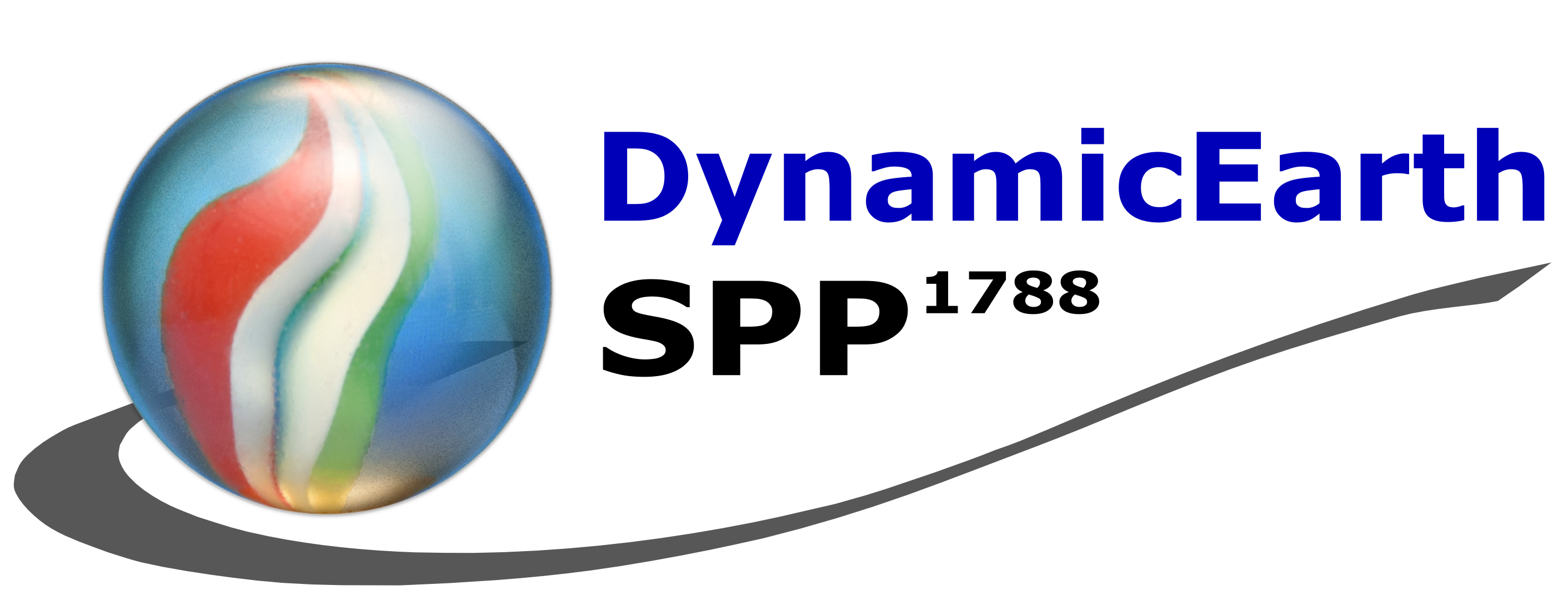Ocean flow generated magnetic fields have seen a growing interest in the last years, even more so, after M2 tidal signals have been observed for the first time in CHAMP data by Tyler et al (2003). Following the core/main field, the iono-/magnetospheric field, and the lithospheric field, the ocean flow generated field is now the largest unmodelled contributor to the geomagnetic field. The part that is generated by ocean tides is particularly interesting since its time periodic nature supplies a possibility to distinguish it from other signals. However, it is just recently that two independent (not yet published) studies by Sabaka and Lesur could separate the magnetic field that is due to the semidiurnal M2 ocean tide from CHAMP data and match it with model predictions based on the induction equation. Any other tidal mode (such as the diurnal O1 tide) has not yet been identified in satellite data, mostly due to the fact that they are camouflaged by stronger iono-/magnetospheric signals with a similar temporal periodicity. It is the aim of this project to use spatio-temporal multiscale methods to gain a more detailed insight into ocean tide generated magnetic fields and properties that distinguish them from other geomagnetic signals. We plan to develop novel tools based on the fact that these magnetic fields originate solely in the spatially confined oceans and, therefore, are expected to reveal a different spatio-temporal structure than signals having their origin, e.g., in the ionosphere/magnetosphere. Such an approach will hopefully lead to an improved separation of the ocean tide generated magnetic signal from satellite measurements by not just taking the temporal variations into account (like all recent studies do) but also the specific spatial signatures. In the long run, these tools can be of use not only for ocean tides but also for general non-tidal ocean flow. Furthermore, a better quantitative understanding of the ocean tide generated magnetic fields would help to improve models of the Earth's conductivity, allow an improved correction of lithospheric magnetic field models for oceanic contaminations, and eventually, a reliable separation of the ocean tide signals would enable remote inferences from satellite magnetic field measurements on the actual tidal ocean flow. This does not only make the project interesting to the geomagnetic but as well to the oceanographic and geodetic community, addressing the interdisciplinary character of the priority programme ''DynamicEarth''.
